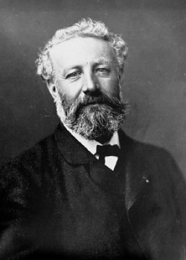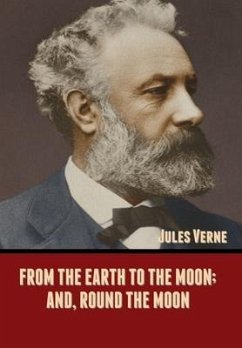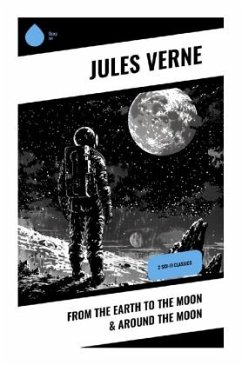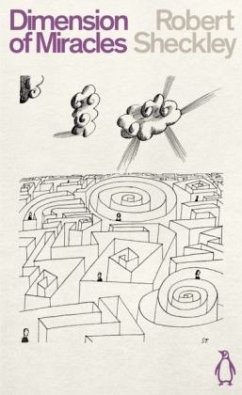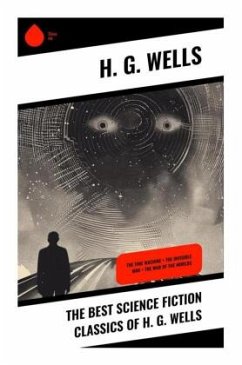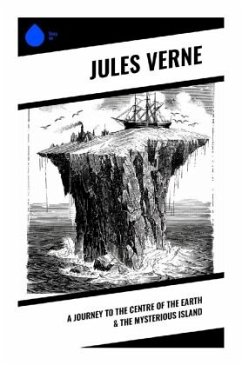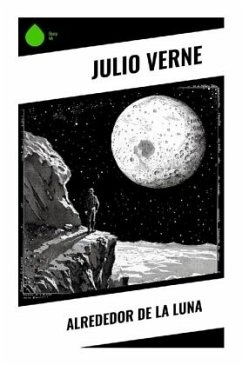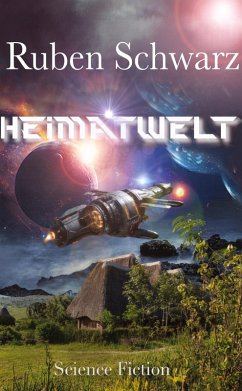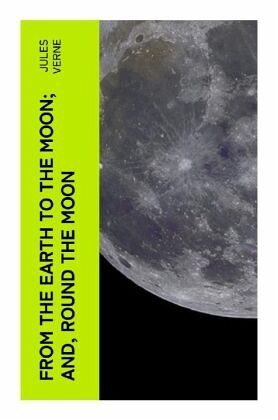
From the Earth to the Moon; and, Round the Moon
Versandkostenfrei!
Versandfertig in 6-10 Tagen
12,60 €
inkl. MwSt.
Weitere Ausgaben:

PAYBACK Punkte
0 °P sammeln!
Jules Verne's "From the Earth to the Moon; and, Round the Moon" is a pioneering science fiction narrative that explores humanity's ambitious endeavor to reach the lunar surface. Written in the late 19th century, Verne employs a meticulous literary style characterized by detailed technical descriptions and a rich tapestry of imaginative speculation. The dual novellas reveal not only the awe-inspiring dream of space travel but also the socio-political dynamics of the post-Civil War United States, reflecting the era's burgeoning fascination with science and technology. Verne's blend of adventure ...
Jules Verne's "From the Earth to the Moon; and, Round the Moon" is a pioneering science fiction narrative that explores humanity's ambitious endeavor to reach the lunar surface. Written in the late 19th century, Verne employs a meticulous literary style characterized by detailed technical descriptions and a rich tapestry of imaginative speculation. The dual novellas reveal not only the awe-inspiring dream of space travel but also the socio-political dynamics of the post-Civil War United States, reflecting the era's burgeoning fascination with science and technology. Verne's blend of adventure and scientific plausibility situates his work at the forefront of speculative fiction, paving the way for future generations of writers and scientists alike. Jules Verne, often referred to as the father of science fiction, was deeply influenced by the rapid advancements in engineering and the Industrial Revolution. His childhood fascination with the sciences and literature set the stage for his groundbreaking stories of exploration and innovation. Verne's distinctive ability to weave factual science with imaginative storytelling stemmed from his desire to inspire readers to embrace the potential of human ingenuity and envision a future not yet realized. This remarkable work is essential reading for anyone intrigued by the intersection of science and imagination. Verne's vivid narrative and foresight into space exploration not only entertain but also provoke thought regarding our own technological advancements. Readers will find themselves captivated by the exhilarating journey and the profound implications it holds for humanity's future.




